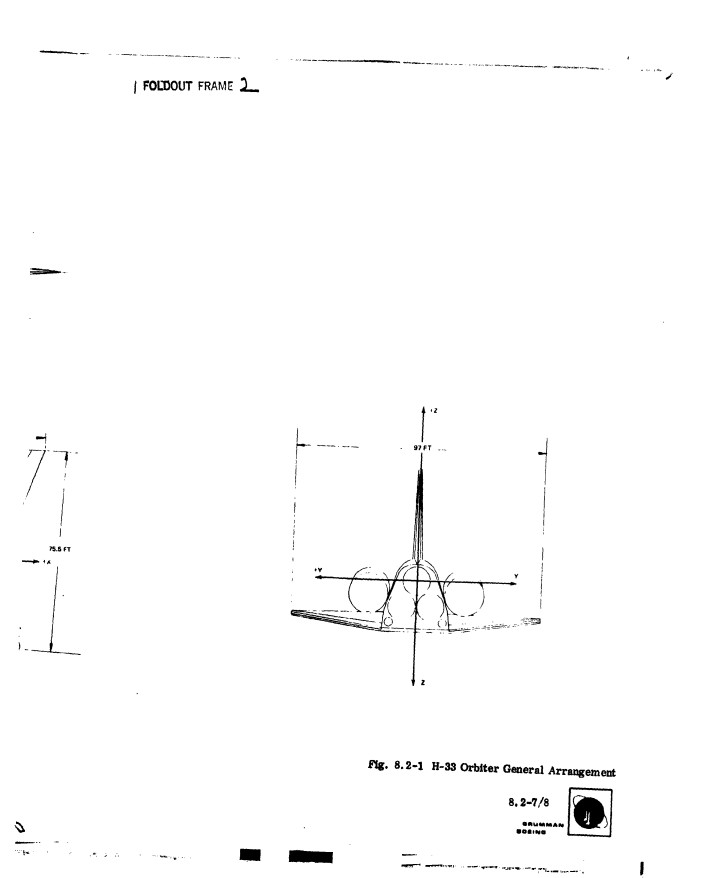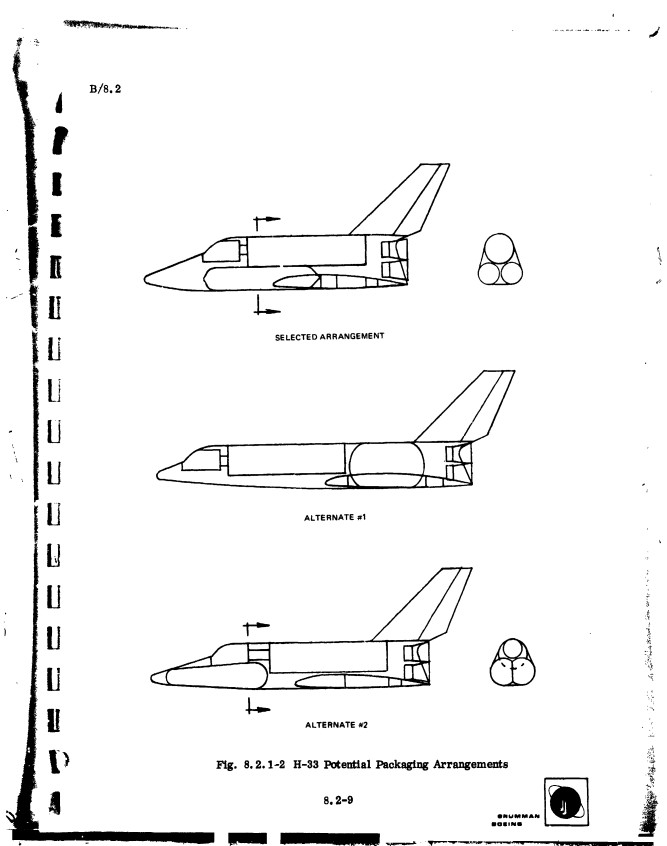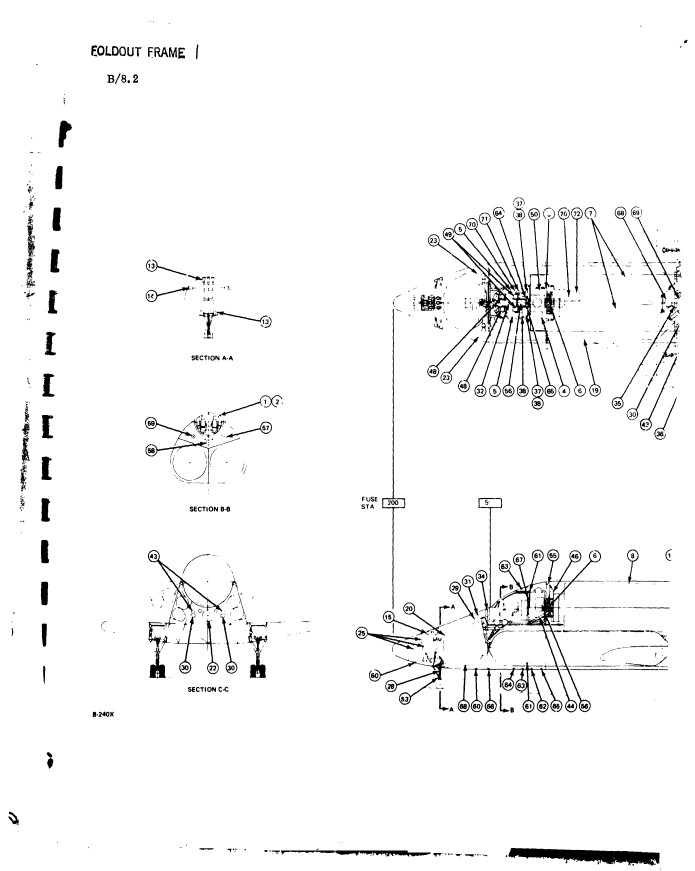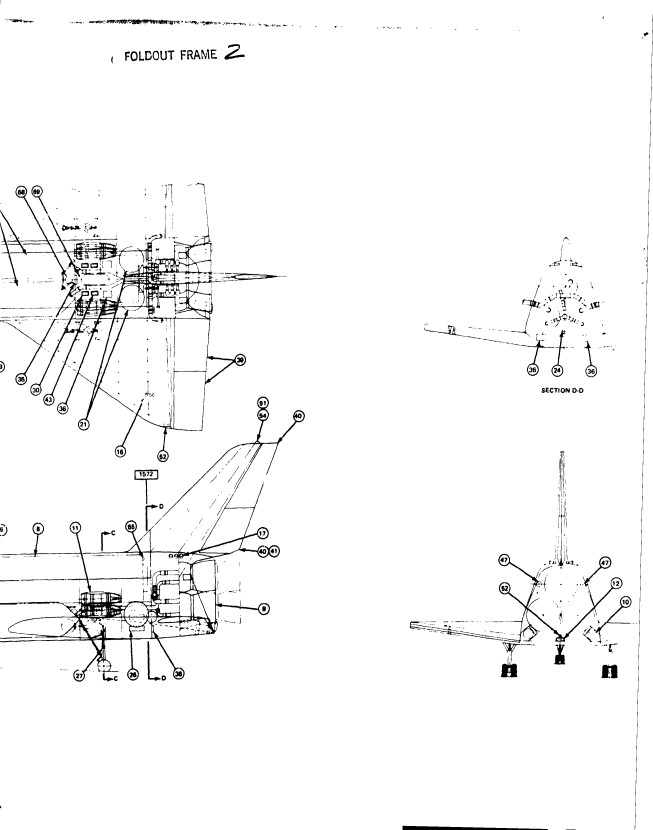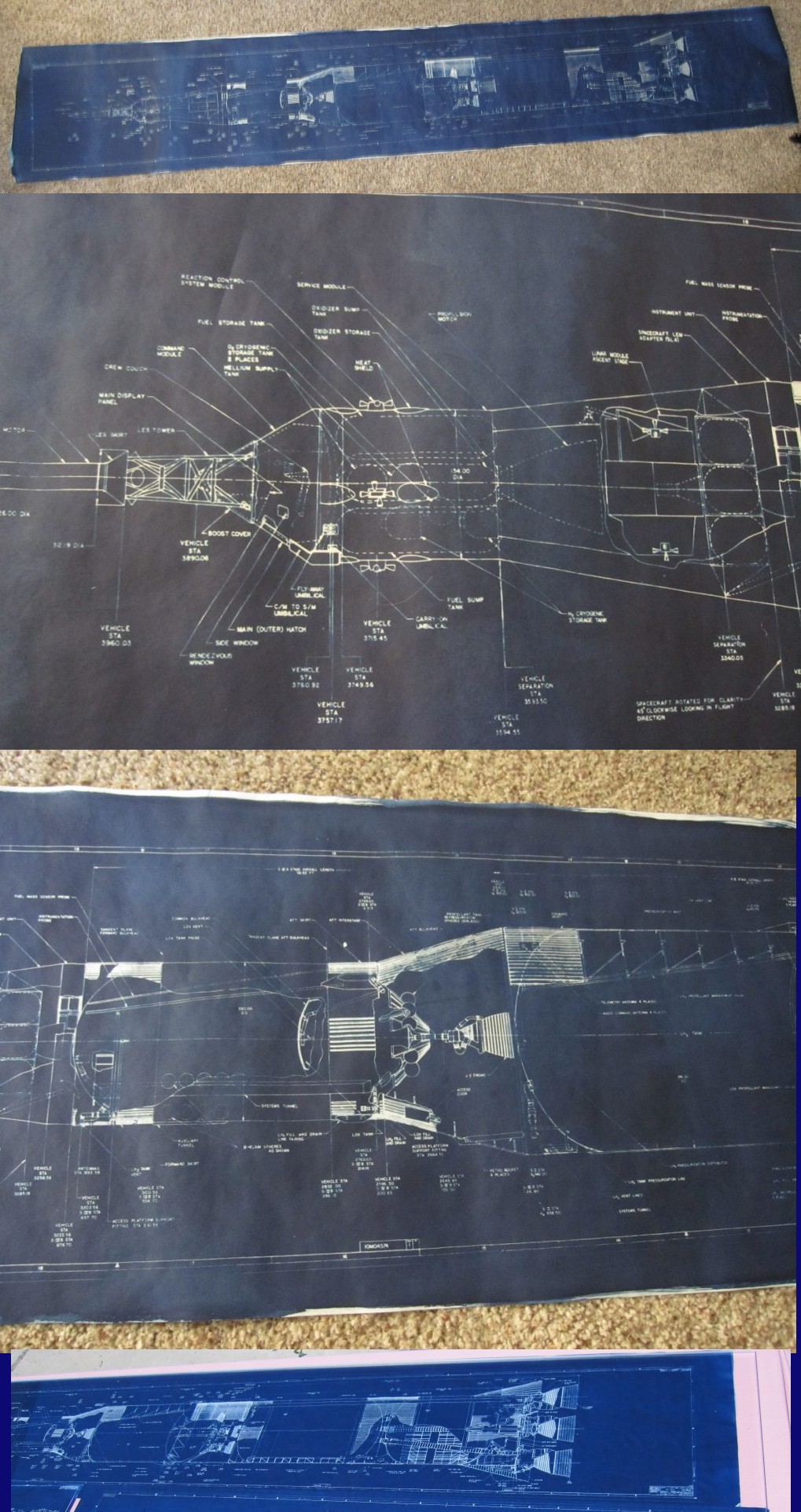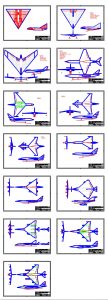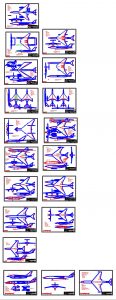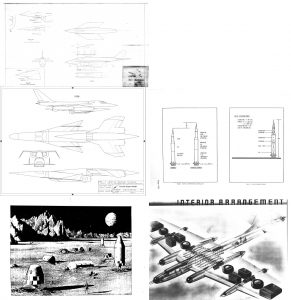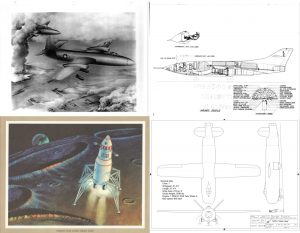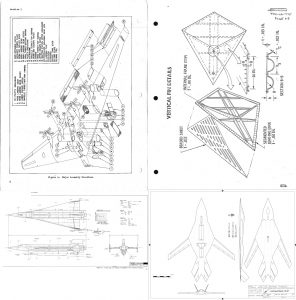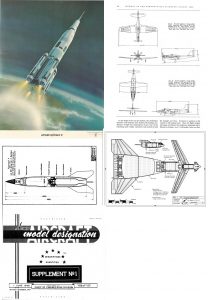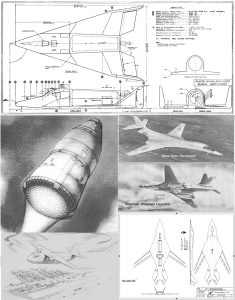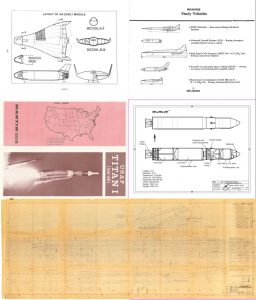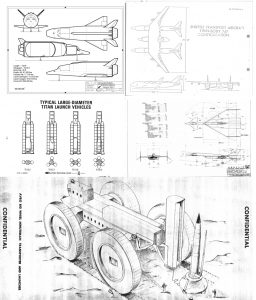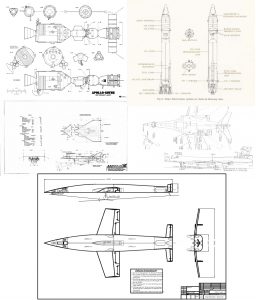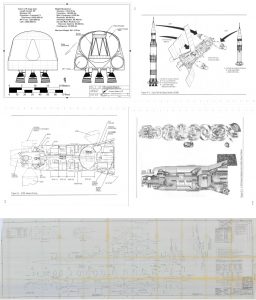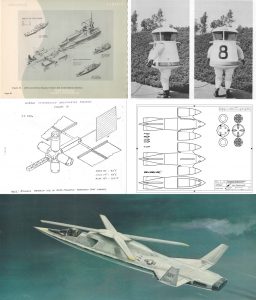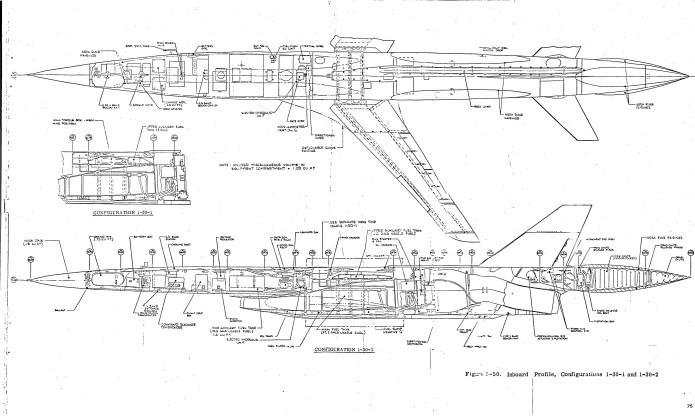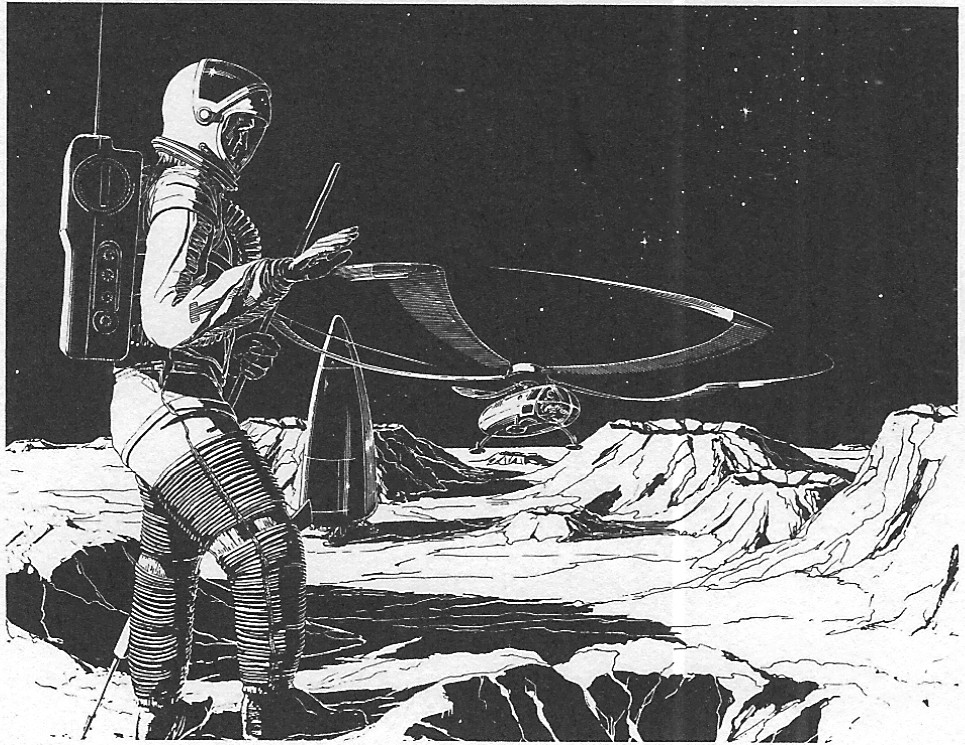For years I’ve been trying to find a cost effective way to create a convincing “gold” surface finish on models… not “gold colored,” or “gold paint,” but something that actually looks like gold. Chrome can be adequately taken care of with Alclad and a few other high end paints, and there is a complex system available that seems to do a damn fine job of laying down an actual thin layer of silver, but gold remains elusive.
One substance I recently tried, and was unsurprised to find didn’t work, is the Rustoleum “Mirror effect” paint. If you spray either the gold or silver onto a surface, the sprayed surface just looks like gold or silver paint. but here’s the selling point: if you spray it onto glass, the *other* side should actually look like a mirror. Kind of a neat trick, but not something I generally have much use for… the *outside* of a model is what matters to me, and I hardly need to fill my house with mirrors.
But I did try it out on a few sheets of acetate (or maybe mylar), just to see what the result was… and I was surprised to see it’s actually pretty spiffy. The sheets in question are 12X18 transparencies, printed with black-line diagrams; these were intended for use in creating cyanotype blueprints. But these sheets were abandoned for various reasons… the cyanotypes looked unimpressive, or the subject didn’t seem all that great, whatever. And so they’ve been sitting forgotten over the years. And they were sitting where the cats could get on ’em and scratch ’em up, so they were of no particular use to me. But then I sprayed them with the silver (and the F-1 diagram with the gold) and the results are really quite impressive.
They look perhaps not so much like mirrored glass as really, really polished stainless steel. The scratches and scuff marks – some in the shape of cat paws, because I guess cat paws are rough enough to scratch acetate – actually add a little something to them. Take a look at let me know if this sort of thing seems appealing and worth $10-$20 each for. I honestly don’t know, but they do look pretty interesting to my eye.

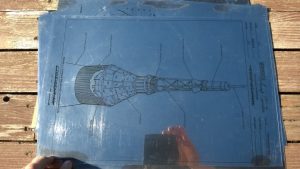
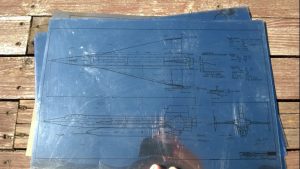
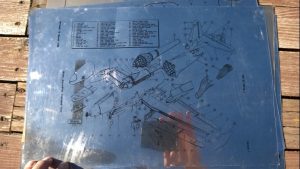
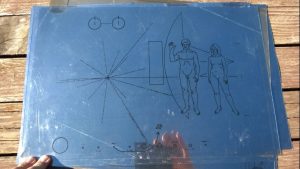
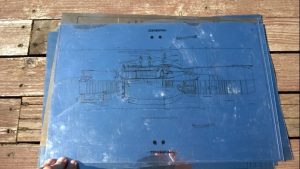
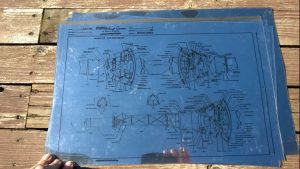
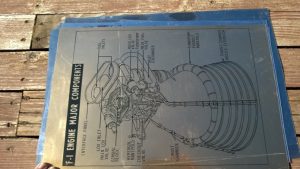
These are just the sheets I had sitting around that I’d written off. Obviously I’d do other subjects… the ones on the cyanotype catalog, of course, along with others. The Apollo 11 plaque seems like it’d be pretty snazzy done this way. Seems maybe maps might be interesting done this way. Put into some sort of production, the sheets would of course be newly printed, pristine and printed in reverse, so that the mirroring paint would go on the same side as the black-line ink. This paint is pretty fragile (low-tack tape designed to not pull up paint pulls this stuff right up), so that might mean that large format prints which would have to be shipped rolled might be impossible.

